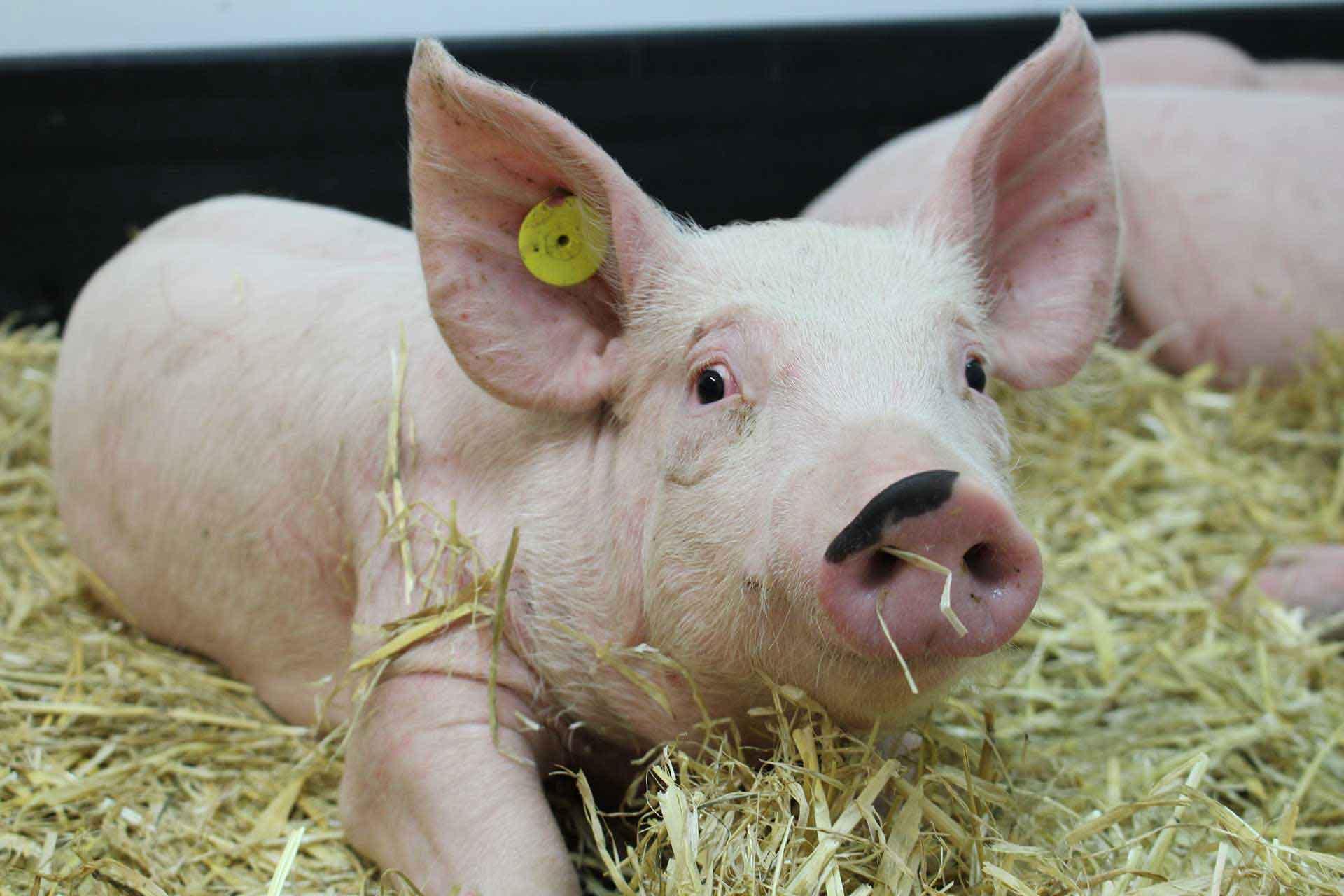MAIT cell-MR1 reactivity is highly conserved across multiple divergent species
Mucosal-associated invariant T (MAIT) cells are a subset of unconventional T cells that recognize small molecule metabolites presented by MHC-I related protein 1 (MR1), via an αβ T cell receptor (TCR). MAIT TCRs feature an essentially invariant TCR α-chain, which is highly conserved between mammals. Similarly, MR1 is the most highly conserved MHC-I like molecule. This extreme conservation, including the mode of interaction between the MAIT TCR and MR1, has been shown to allow for species-mismatched reactivities unique in T cell biology thereby allowing the use of selected species-mismatched MR1-antigen (MR1-Ag) tetramers in comparative immunology studies. However, the pattern of cross-reactivity of species-mismatched MR1-Ag tetramers in identifying MAIT cells in diverse species has not been formally assessed. We developed novel cattle and pig MR1-Ag tetramers and utilized these alongside previously developed human, mouse and pig-tailed macaque MR1-Ag tetramers to characterize cross-species tetramer reactivities. MR1-Ag tetramers from each species identified T cell populations in distantly related species with specificity that was comparable to species-matched MR1-Ag tetramers. However, there were subtle differences in staining characteristics with practical implications for the accurate identification of MAIT cells. Pig MR1 is sufficiently conserved across species that pig MR1-Ag tetramers identified MAIT cells from the other species. However, MAIT cells in pigs were at the limits of phenotypic detection. In the absence of sheep MR1-Ag tetramers, a MAIT cell population in sheep blood was identified phenotypically, utilizing species-mismatched MR1-Ag tetramers. Collectively, our results validate the use and limitations of species-mismatched MR1-Ag tetramers in comparative immunology studies.
